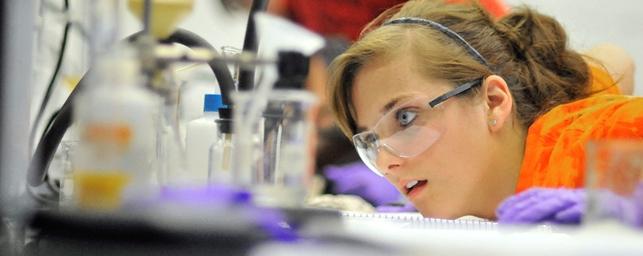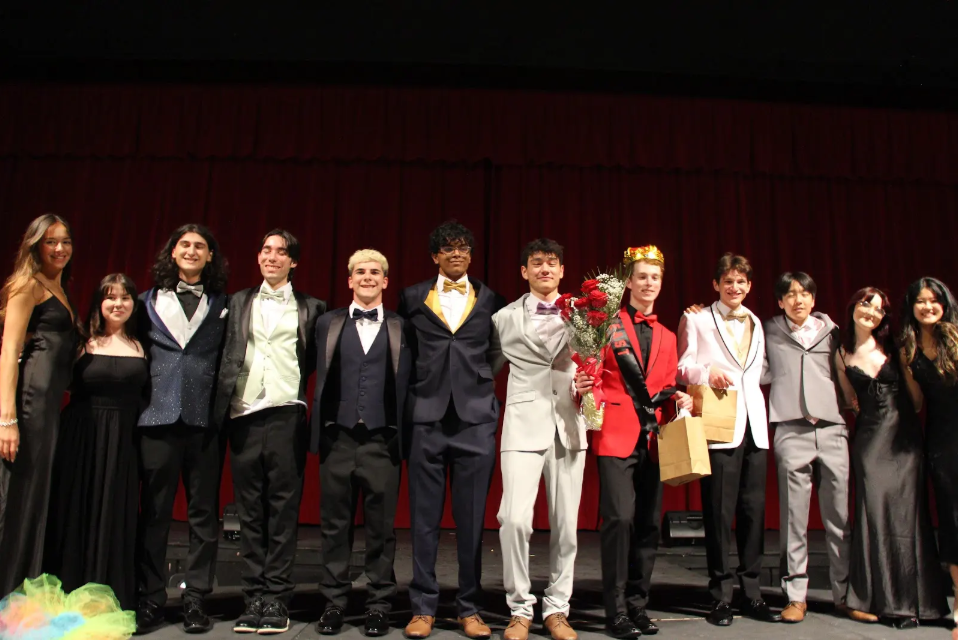Students should do labs on days 5 and 6, as opposed to having to miss homeroom
Lab-out periods force students to miss homeroom, a period which many students deem necessary.
November 15, 2016
Experiments: scientific procedures undertaken to make a discovery, test a hypothesis, or demonstrate a known fact. They are performed on school days one through four throughout two 45-minute class periods, called “lab-outs.” However, lab-outs often require students to miss homeroom and eat lunch during the lunch break period normally dedicated to homeroom. But why can’t students get their extra class time on days five and six when periods are one hour and 30 minutes long?
East offers several sciences including biology, chemistry, physics, forensics, human anatomy, and previously CPS and QPS for freshmen. With all these sciences come numerous opportunities to do research and gather new information. Labs are necessary to put into effect what students learn in class. However, it would be beneficial to change the days on which they are performed.
Two 45-minute classes and an hour-and-a-half-long class are equivalent in length. Therefore, the same objectives can be reached if instead of having lab-outs students performed labs on days five or six. Typically, on the days of blocked scheduling (days five and six), teachers try to extend their lessons and give their students more busywork to attempt to fill the whole class period. Teachers also use these days to conduct more time-consuming activities like tests, projects and presentations.
When labbing out, students often miss the opportunity to go to homeroom which is often used as a study hall to work on homework and other assignments students have due. Many students participate in after-school activities, and this extra period would be useful to spend working on assignments that they don’t have much time to complete after school. Students also sometimes have to spend their one lunch break eating, even if it is supposed to be a homeroom.
During the two periods that students are in labs, the rest of the school’s classes still rotate like normal. The bell signals the change in periods; there is one to mark the end of the current period and another to mark the beginning of the next period. It is often forgotten that students have to stay two periods instead of one when labbing and some may actually begin to pack up when the bells go off, before realizing that they have to stay 30 minutes longer.
Also, several students take more than one science and in certain cases lab out for both on the same day. When this happens, students go from two periods of one science class to two periods of another. Inevitably. this leaves them with no time to eat lunch. Since a no-eating policy has been reinforced in the majority of classrooms during this school year, these students have to complete most of their school days on empty stomachs.
However, all these problems could easily be avoided if labs were performed on days five and six instead of on days one through four, giving students the chance to attend homeroom and eat during their normal, scheduled lunch break period. By having experiments performed on the days of blocked scheduling, students and teachers would not have to stay in classes during two periods and lab outs would no longer have to exist.








anon imus • Dec 14, 2016 at 11:53 pm
i love this youre a genius!! implementation??